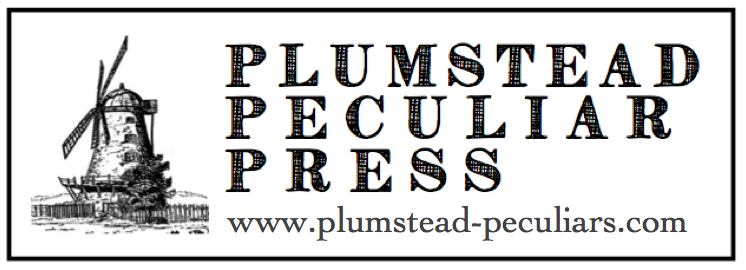PPP1501 Anon - Air varié pour corno sur ‘La ci darem la mano’
PPP1501 Anon - Air varié pour corno sur ‘La ci darem la mano’
This work is something of a mystery. The theme of the Air varié pour corno is none other than that of ‘Là ci darem la mano’ from Mozart’s opera Don Giovanni. The source comes from a folio of manuscripts associated with the 19th-century horn player Giovanni Puzzi (1792– 1876), and regrettably the name of the composer is difficult to decipher. Suggestions of ‘Finke’ or ‘Duché’ have been made but little concrete evidence has been found as to who the author may be.
Puzzi first came to note when, sometime prior to 1809, he was brought to the attention of Napoleon by Ferdinando Paer (a composer who hailed from Puzzi’s home town of Parma) and awarded a place in the Chapelle de l’Empereur. A little while later, thanks to the support of the prima donna assoluta Angelica Catalani, he appeared as a soloist at the Parisian Théâtre Italien, later becoming the Théâtre’s celebrity cor solo (principal horn). After the fall of the Napoleonic empire in 1815, the Duke of Wellington brought Puzzi to England, where he instantly caused a sensation, sharing concert platforms with famous virtuosi instrumentalists and singers such as Liszt, Dragonetti, Lablache, Rubini and Pasta.
“No living player had ever brought such soft and exquisite sounds of melody from a horn; he seemed to achieve the impossible, and was unique as a soloist on that ungrateful instrument.”
Tina Whitaker, Sicily and England, 1907
The folio contains a miscellany of works that could easily have come from Puzzi’s ‘gig pad’ during his years of fame in the London of the 1820s through to the 1850s. The works – some by Puzzi himself and some dedicated to him – often use as their themes famous opera arias (Bellini’s ‘Oh! Divina Agnese’ from Beatrice di Tenda), ballad tunes (‘Faithless Emma’ by Sir John Stevenson) or patriotic tunes (‘God Save the King’) of the day, and are scored for various ensembles, all with solo horn as their feature. All the works in the folio demonstrate Puzzi’s skill, dexterity and high level of virtuosity, and none more so than this anonymous Air varié from 1845.
The Air varié opens with a very stately, operatic introduction which leads the listener into expecting a more sombre work. However, the arrival of the famous theme, a perennial favourite for variations and fantasias, launches us into a more playful mood. The first variation simply decorates the theme with running semiquavers, the second is the most flamboyant, with highly articulated scales up and down the instrument, the third plays with syncopated articulation, whilst a surprising fourth variation (here, titled “Variation 3b”) uses triplet arpeggios. The source of “3b” is a scribbled solo horn line on the final page; the string parts here for this variation have been reconstructed using material from the other variations. The fifth and final variation is in the style of a polonaise, shifting the meter of the work for the first time in the piece. This final variation works itself into a frenzy, suddenly stopping, only to be followed by a peaceful Andante reminder of the original theme.



